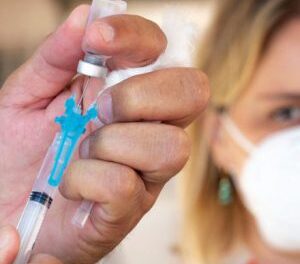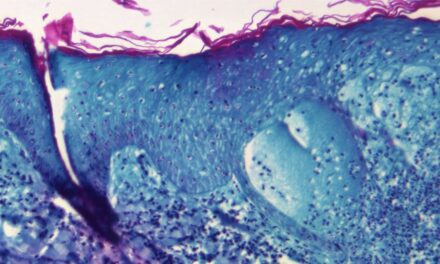In a groundbreaking development, researchers are leveraging advanced technologies to accelerate the diagnosis and treatment of obstructive sleep apnea (OSA), a common but often overlooked sleep disorder. Clare Williams, diagnosed with OSA in her early 30s despite defying the typical profile of the disorder, underscores the need for more inclusive diagnostic approaches.
Williams’s experience highlights a critical issue: OSA is frequently misdiagnosed or dismissed, particularly in patients who do not fit the conventional profile of being overweight, middle-aged males. “For a long time, doctors dismissed my symptoms because I didn’t fit the profile and they didn’t understand how seriously unwell my disrupted nights were making me,” she recounts.
The Challenge of Sleep Disorders
Dr. Erna Sif Arnardottir, a sleep expert with over two decades of experience, is at the forefront of addressing this challenge. Her project, SLEEP REVOLUTION, aims to transform the diagnosis and treatment of OSA. The project involves 39 institutions and companies across Europe and Australia and is set to conclude in 2025.
Arnardottir, who directs the Reykjavik University Sleep Institute and serves as the secretary of the European Sleep Research Society, emphasizes the shortcomings in current sleep disorder treatments. “Sleep is quite a new medical field and, compared to other fields, it’s not always taken very seriously,” she explains. Despite its significant impact on health—including increased risks of diabetes, heart disease, and chronic daytime sleepiness—OSA often suffers from inadequate attention and resources.
Innovative Solutions for Diagnosis and Treatment
The SLEEP REVOLUTION project aims to address these issues by utilizing new technologies and artificial intelligence (AI) to enhance the diagnosis and treatment of OSA. Traditional sleep studies, often conducted in clinics, use outdated methods that focus primarily on counting breathing interruptions rather than assessing the broader physiological impacts of sleep disruptions.
The project team is testing advanced home-based sleep monitoring devices that patients can use to collect data over multiple nights. This approach allows for a more comprehensive and natural assessment of sleep patterns, potentially speeding up the diagnosis process and reducing wait times, which can extend up to two years in some clinics.
Arnardottir believes that these home-based devices, which include self-administered monitors and wearable wristbands, will provide valuable insights into individual risk levels and enable more personalized treatment. “Our belief is that sleep apnea isn’t equally dangerous for everyone—it’s the most at-risk people we need to find fast and prioritize for treatment,” she asserts.
From Diagnosis to Treatment
The shift towards home-based diagnostics is complemented by efforts to improve treatment options. Williams, now 50, has managed her condition with a Continuous Positive Airway Pressure (CPAP) machine, which helps maintain continuous airflow during sleep. However, the CPAP machine, though effective, is often criticized for its inconvenience and discomfort.
To address these issues, the SLEEP REVOLUTION team is exploring additional interventions, including lifestyle changes and personalized treatment plans. These interventions, which include exercise routines and nutritional guidance, aim to reduce OSA severity by addressing contributing factors such as obesity.
A Brighter Future for Sleep Health
The SLEEP REVOLUTION project’s innovative approach represents a significant step forward in sleep medicine. By integrating technology and personalized care, researchers hope to catch OSA early and provide more effective treatments, ultimately improving the quality of life for millions affected by this debilitating condition.
As Dr. Arnardottir notes, “The sad fact is that people who end up getting treated have often had sleep apnea for years and years. It would be far better to catch people early.” With ongoing advancements, the future of sleep health looks promising, offering new hope to those suffering from sleep disorders.












